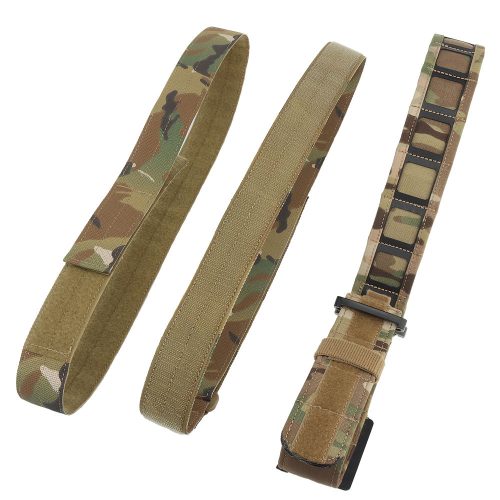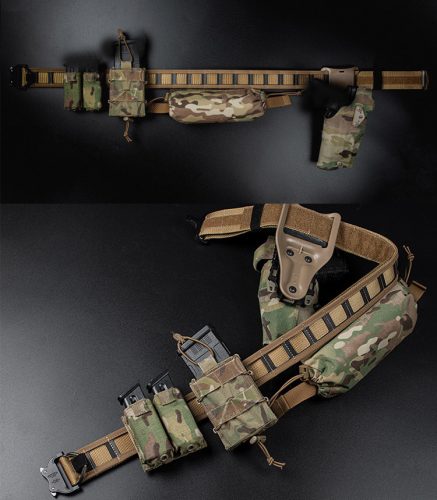Cotton webbing can play a role in safety equipment, although it’s worth noting that many modern safety applications tend to use synthetic materials like nylon and polyester due to their higher tensile strength, durability, and other specialized properties. However, cotton webbing can still find use in certain safety equipment scenarios where its characteristics align with the specific requirements. Here are some ways cotton webbing can be utilized for safety equipment:
- Harnesses and Straps: In some cases, cotton webbing can be used for basic safety harnesses, especially when the risk factors are lower and comfort is a priority. Cotton’s natural feel against the skin can be more comfortable than synthetic materials for certain applications.
- Restraints and Lanyards: Cotton webbing can be used in safety restraints and lanyards for activities where high tensile strength is not the primary concern. This could include situations where the user’s weight and forces involved are relatively low.
- Decorative and Non-Critical Components: Cotton webbing can be used for decorative or non-critical components of safety equipment. For example, on a safety vest, cotton webbing might be used for trim or accent details.
- Low-Risk Applications: In environments where safety risks are minimal, cotton webbing could be considered for equipment such as identification badges, keychain attachments, or small tool lanyards.
- Education and Training: Cotton webbing could be used in training scenarios or demonstrations to show basic safety principles, where the focus is more on communication and education than actual load-bearing performance.
- Temporary Uses: Cotton webbing could be used for temporary safety solutions or non-industrial applications. For instance, it might be used in school or community events where lightweight safety solutions are needed.
It’s important to assess the specific safety requirements of the equipment and environment in question before choosing the appropriate material. For critical safety applications where high tensile strength, durability, and performance are paramount, synthetic materials like nylon and polyester are generally preferred due to their proven track record and specialized characteristics. Always ensure that the safety equipment you’re using adheres to relevant safety standards and regulations to ensure the protection and well-being of users.


